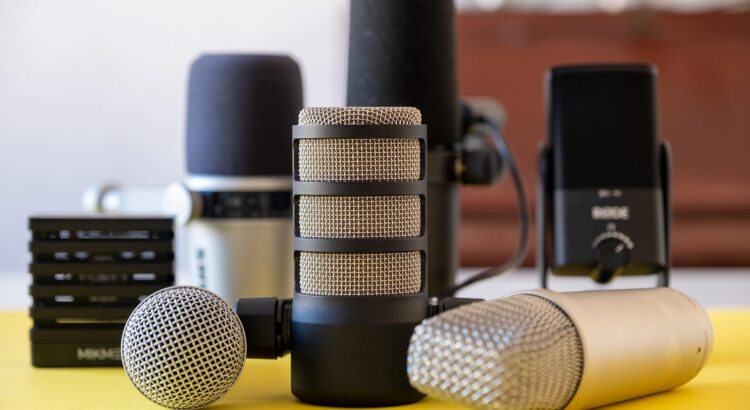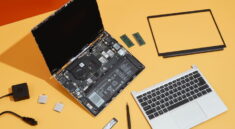Even though it was cliched, the last year had been, unfortunately, the right time to start the podcast. But leisure time is just one source to make something you want to hear. If you have read our starter gear guide, you are probably good on the way to hold a good setting. But in the ocean “two or three people talk about something”, there are also supplies that can help you become more creative or sound more professional.
The burden of new equipment will not miraculously make podcasts for you, so we also talk to some industrial experts about everything starting from mixing, telling stories and what listeners are looking for when they provide valuable free time to listen. It’s all in part two, but here in part one we will go into the teeth that will make you stand out.
Increase your voice
Before we get to more creative things, we will be negligent not to start with the core of your show: Studio microphone. Don’t get me wrong with us, something like blue Yeti is a great and simple way to start. But if you want the neat NPR sound, then XLR Mics is in its place. Balanced output on XLR must provide a cleaning signal, and most of the high-end microphones assume that you will plug in a good audio or mixer interface through the XLR port.
Of course, it’s just a connection. Do you need a dynamic condenser or mic? What is the difference? And what about things like preamp or phantom power? Do you need all or all of these things? The answer, can be predicted, is “it depends.”
In the simplest terms, all mics need preamp – only a few needs more than the encouragement than others. Connect most XLR mic to PC with a 3.5mm adapter that doesn’t work, and you will not hear much. That’s because something called “sensitivity.” Take Shure MV7, for example, which supports XLR and USB and you can see that USB is far more “sensitive” (i.e. requires less preamp).
As for Phantom Power, it’s more about what type of microphone you have. The dynamic mic basically uses sound input (vibration) to activate their diaphragm and change the movement to the signal (audio). The condenser microphone on the other hand uses capacitors (originally called condenser) and thus need this “ghost” power sent back to the microphone. Don’t worry, all good audio interfaces offer this.
But what kind of microphone is the best? In general, the condenser microphone records more detail and audiophile likes more detailed things. That doesn’t mean it’s always better, among many other variables such as components and materials, there are also factors where and what you record.
For example, dynamic microphones may be less sensitive, but that also means they will not take a lot of background noise, which is why they are popular for stage performances or news reporting in the field. For people who record at home or in a room with generally bad acoustics, this lower sensitivity is often preferred than better detail you might get from the condenser. Fortunately, there is a good choice for both.
Dynamic
If you are looking for something with a feeling of pro but without labeling broadcast prices, Shure and Rode, in particular, has adhered to podcaster who aspires high with Gusto. In fact, two mics rodes make it very clear: Pod Mic and Procaster (also known as podcaster in the form of USB). Good podmia (around $ 100) and procaster ($ 230) is a perfect dynamic microphone for home arrangement. I personally have used Podmic for the past few months and it is a good entry point to the world of Mics XLR. The built-in pop-in, mount shock and strong builds make it feel expensive, and as a dynamic mic, it does a good job to reject the reverb and the nearest traffic in my hard hard house setting, even though it doesn’t have a “presence” from Some more expensive options.




